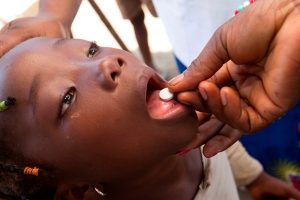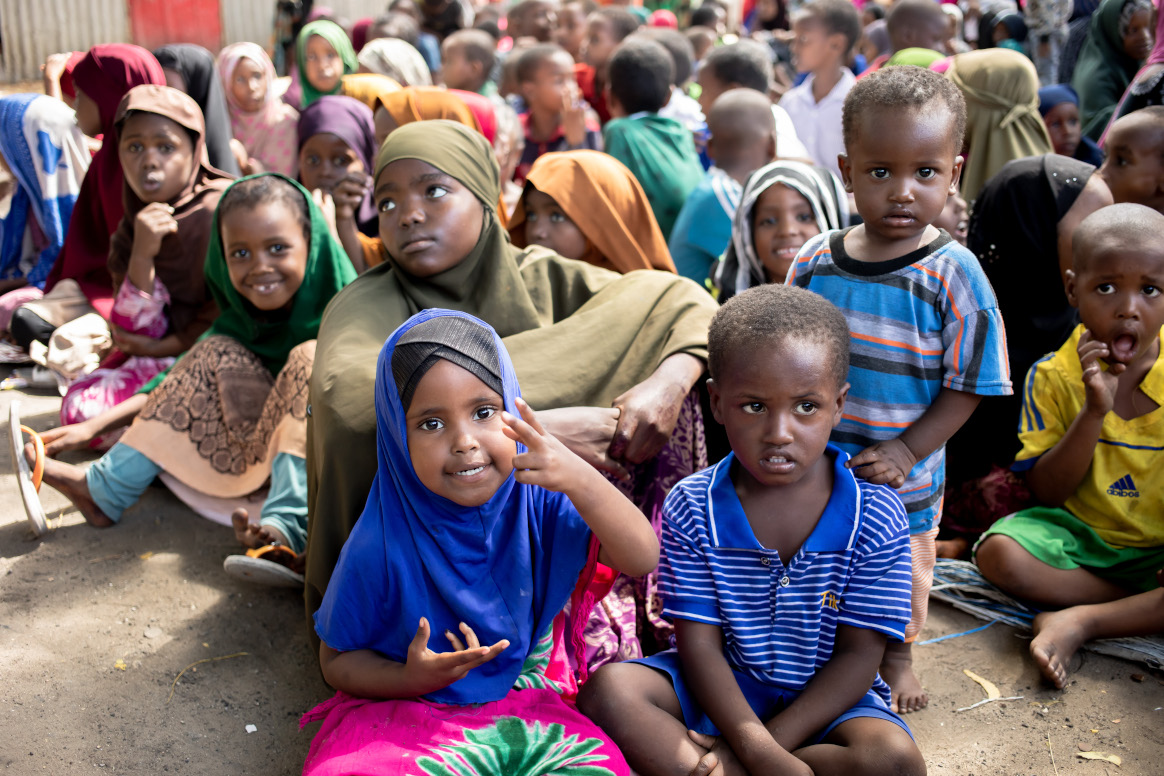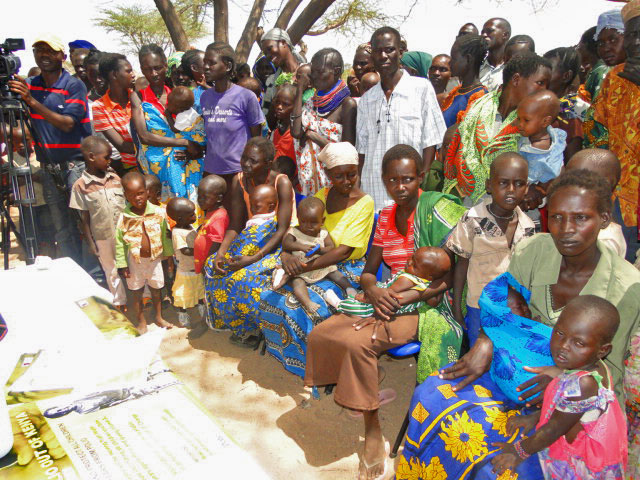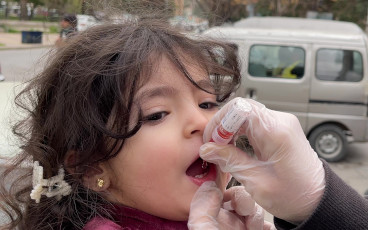
© Rotary International
For over 25 years, the Global Polio Eradication Initiative (GPEI) has mobilized and trained millions of volunteers and health workers; reached remote and underserved households; mapped and brought health interventions to chronically neglected communities; and established standardized, real-time global surveillance and response capacity.
Going further
The knowledge, skills and infrastructure built to end polio are already helping to make dramatic progress on improving children’s health – not only reducing the number of children paralyzed by polio by over 99%, but also decreasing the number dying from other preventable diseases in countries with strong polio eradication infrastructure.
To find out more about how the polio eradication infrastructure is expanding the reach of health services, improving disease surveillance and building health worker capacity, read this factsheet which highlights just some of the broader health benefits enabled by the investments made to end this disease.
Securing these broader benefits for the future
Polio eradication will be one of the greatest public health victories of our lifetime. We need to plan now to ensure that the world will stay polio-free and that the lessons, resources and infrastructure, which are already benefitting children beyond this one disease, continue to help children for generations to come.
To make the most of this opportunity, it is crucial that governments, civil society, Ministries of Health, and donors transition some of the polio infrastructure to sustain a polio-free world and to help meet other health needs, particularly in places with weak health infrastructure. By identifying the overlap between what the polio program has to offer and country-level priorities for strengthening health systems, we can make a lasting difference to health beyond polio. We can strengthen the foundations of health by reusing the building blocks of polio eradication.
By beginning to plan now, we can keep the world polio-free and ensure that the investments made in ending polio have a broad and lasting impact on children’s health and development, long after polio is gone.



